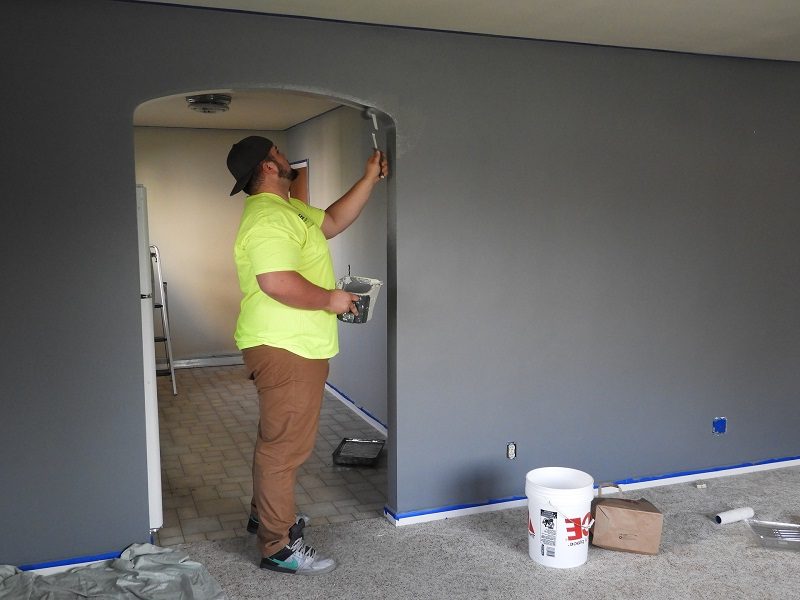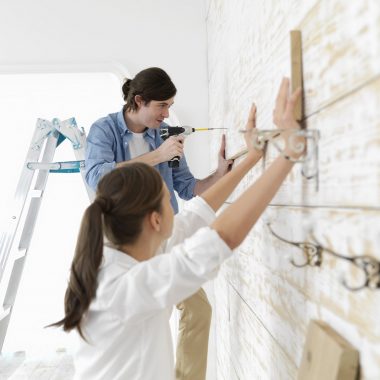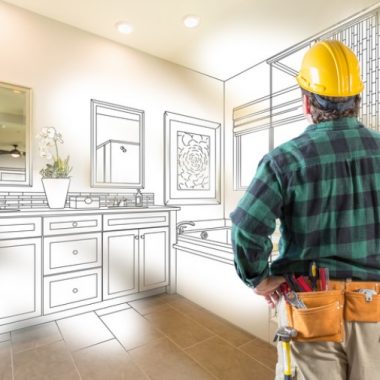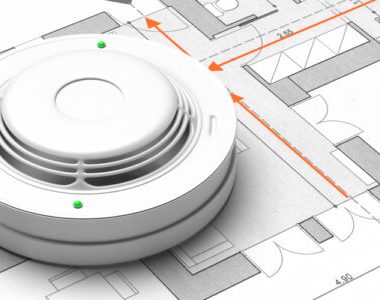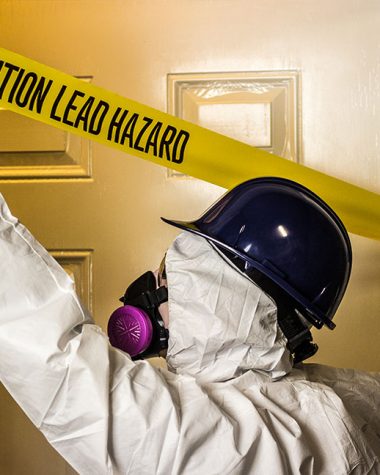Lead Paint Testing and Remediation in Renovations
With any home renovation project, it is important to consider potential safety risks in the materials you may be using. Lead is one of the main components that can be found in older homes, and it is important to be aware of the risks in order to make informed decisions for any renovations. Lead paint can be present in any surface, and testing and remediating any potential lead paint in renovations is essential for creating a safe home environment.
What Is Lead Paint?
Lead paint is a type of paint that was used in many homes before the late 1970s, when it was banned in the US. Lead paint is extremely dangerous, as it can be breathed in, ingested, or absorbed through the skin and is especially dangerous for children who can be more susceptible to health risks from lead.
Testing For Lead Paint
The first step in any lead paint remediation process is testing for lead paint. Testing kits are available to do this yourself or you can hire a professional to do the testing.
Some common methods of lead paint testing include:
- X-ray fluorescence (XRF) testing, which is a non-destructive method of testing that may require a second test if lead is detected.
- Chemically extracting paint, which is a more destructive testing method that involves removing a sample of paint to be tested in a laboratory.
- Surface wipes, which is a less accurate but non-destructive testing method that swipes the surface of material to be tested.
Identifying Lead Paint
Lead paint can be identified by its chipping and peeling, as well as the presence of a chalky film on the surface. Lead paint typically looks different from other paint, due to its glossy and longer lasting qualities. If you suspect lead paint to be present, it is important to get it tested in order to confirm.
Remediating Lead Paint
If lead paint is detected in your home, it is important to act quickly in order to reduce potential health risks. The best way to remediate lead paint is to remove the paint completely, and cover the area with a different type of paint that does not contain lead.
There are some other methods of remediation, including:
- Encapsulation, which involves covering the area with a layer of sealant in order to prevent the lead paint exposure.
- Replacement, which is the removal of the surface with lead paint on it and replacing it with a different material.
- Educating the family on health risks, which is especially important for the safety of children.
Where Lead Paint Can Be Found
Lead paint can be found in many places in the home, such as:
- Window frames
- Doors
- Ceilings
- Baseboards
- Stairs
Why Is Lead Paint Testing Important?
Lead paint testing is important to protect the health of those living in the home. Lead paint can cause serious health issues such as developmental delays in children and organ damage in adults, and the consequences can be long lasting.
Risks of Not Testing For Lead Paint
The risks of not testing for lead paint go far beyond the health of individuals in the home; renovation projects can disturb lead paint and create potentially hazardous conditions that can affect the entire neighborhood. Homes and businesses that are not properly tested for lead paint can be fined and lead to legal troubles for the owners.
Alternative Uses of Lead Paint
Lead paint is not only hazardous; it can also be used in art, as it is a very malleable material. Lead paint can also be melted down and turned into lead sheets, which can be used in construction projects that require waterproofing or insulation.
Safety Measures For Working With Lead Paint
When working with lead paint, it is important to take proper safety measures in order to avoid contaminating yourself or others. Some of these measures include:
- Wear protective clothing
- Let any dust settle before beginning your project
- Work in well-ventilated areas
- Cover any areas with lead paint to protect nearby surfaces
- Avoid sanding lead paint, as this will create further contamination
Sources for Lead Paint Testing
If you are looking for reliable sources of lead paint testing, contact your local health department for more information. The Environmental Protection Agency also has resources available to help you find qualified professionals who can safely test and remediate lead paint.
Conclusion
Lead paint is a dangerous substance that can be present in many older homes, and it is important to test for lead paint before taking on any renovation or repair project. Test for lead paint, identify any potential risks, and take the proper safety measures to protect yourself and those around you. Lead paint testing and remediation may be expensive, but it is essential for ensuring the health and safety of everyone living in the home.
What safety measures are taken when dealing with lead paint testing and remediation during a renovation?
1. Use protective clothing, such as coveralls with a hood, boots, eye goggles, facial masks and gloves.
2. While cutting, sanding, and scraping, contain the dust and debris with a drop cloth, plastic sheeting, and/or misting with water.
3. Use a high-efficiency, air-purifier vacuum with a HEPA filter when possible.
4. Enclose the work area with plastic to seal and contain dry material.
5. Test frequently with lead testing kits and follow lead safe practices.
6. Dispose of all debris in a lead dust-proof container and take to a hazardous waste site for processing and proper disposal.
7. Thoroughly clean surfaces, furniture, and equipment once the remediation is completed and use a wet-cleaning procedure to keep any remaining lead dust from becoming airborne.
What kind of personal protective equipment is necessary when dealing with lead paint testing and remediation?
When dealing with lead paint testing and remediation, it is important to use personal protective equipment, including a facial respirator, disposable coveralls, gloves, safety goggles, and shoe covers.
What type of respirator should be used when working with lead paint?
A respirator with a HEPA (High Efficiency Particulate Air) filter and an organic vapor filter should be used when working with lead paint.
